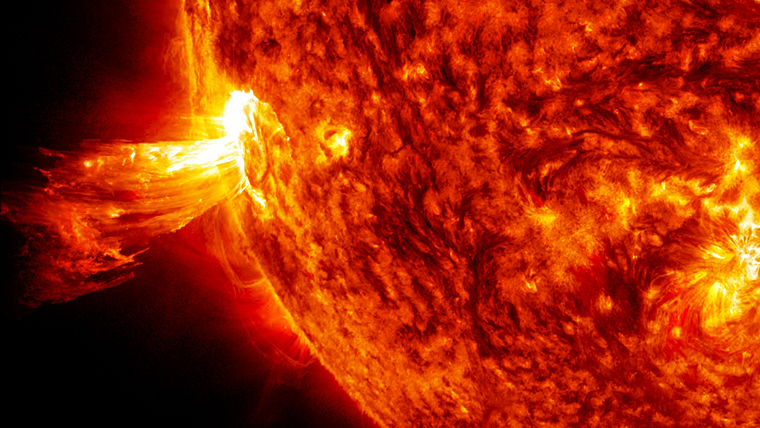
The immensity of the universe is inconceivable. No matter how far we look, there is still more beyond. No matter what we see, there is far greater yet unseen. No matter how much we come to understand, there is ever more about which we no nothing.
The Mahayana Buddhist Flower Ornament, Avatamsaka Sutra describes nothing less than the nature of the universe and our existence within it. In its voluminous 1,800 pages, the sutra exhausts the capabilities of language and demonstrates its inadequacy to fully describe reality. It expounds upon the miniscule and the infinitely huge; objects of no dimension and of multiple dimensions; galaxies and universes of all types and descriptions and indescribable aspects of the formless; qualities of time and space and the truth of no time and no space. Moreover, it elucidates a sacred interdependent matrix and the profound wisdom and practices that can be cultivated in harmony with the profound.
The accumulated wisdom of the Hubble space telescope program is no less voluminous and equally profound. In its 20 years of observation, hubblesite.org, Hubble has captured images that show the birth of stars, the remains of supernovas which exploded five billion years ago, evidence of black holes, vast galactic systems covering thousands of light years of space, and an infinite variety of shapes and forms. It has revealed the invisible scaffolding of dark matter, the unbounded power of dark energy accelerating the expansion of the universe, hints of the faster than light-speed interconnectedness of all phenomena, and unconditionally bestows this entire treasure to all humanity.
The 2,000-year-old Flower Onament Sutra tells of placing entire galaxies on the tip of a hair without in any way disturbing time and space, and in its way, this is precisely what Hubble has done. By capturing images of the uncountable galaxies spread across timeless heaven, the telescope has reduced the inconceivable immensity of the universe to human scale. Upon seeing such images, one cannot help but reflect upon individual existence, itself an expression of the interaction of billions of trillions of infinitesimal manifestations of matter and energy. Each one of us, after all, is simply star stuff.
The Flower Ornament Sutra was compiled in stages over a 300-year period beginning around 100 A.D. One must wonder how, without the aid of telescopes, astronomical equipment or advanced technology, ancients could so fully describe what Hubble has so graphically revealed. At times, passages within the sutra read like Hubble photo captions, as in the sutra’s description of the myriad shapes and forms of world-systems, now evidenced by Hubble’s 10 day-long deep-field exposure revealing tens of thousands of galaxies in “empty” space. At other points in the sutra, one finds the language of string-theory and its explanations of multiple hidden curled-up dimensions.
The ancients closely observed the sky, more so than the average person does today. Some ancient peoples thought the heavens were the inside surface of a closed sphere surrounding the earth, and that the stars were simply placed upon this surface. This was not an unreasonable explanation, and sufficed for many.
The Mahayana sutras expound a deeper view that goes far beyond seemingly simple explanations. Having explored the inner space of being and plumbed its inconceivability, the Buddhist understanding of outer space is not surprising. That Hubble’s observations have affirmed that understanding, however, is remarkable.